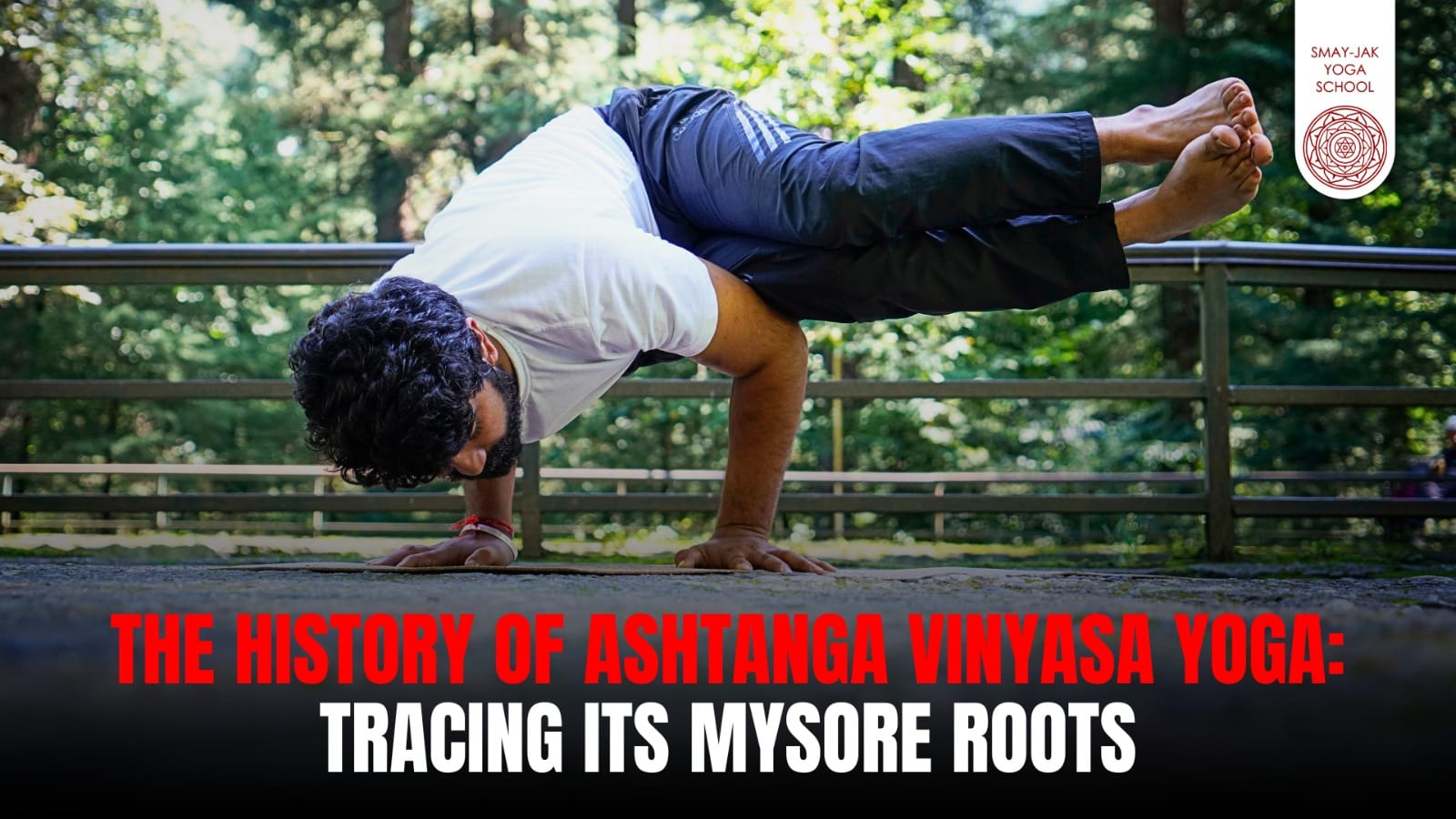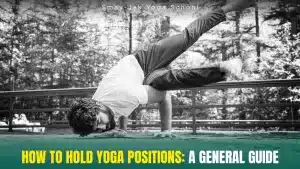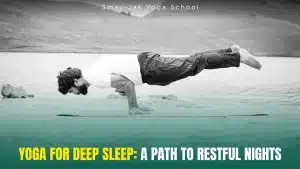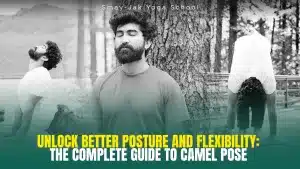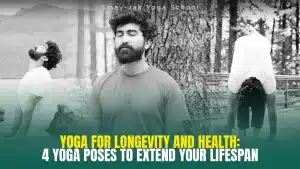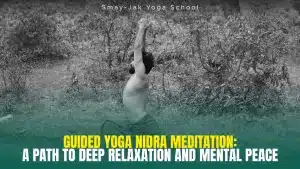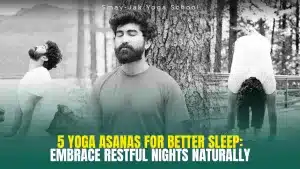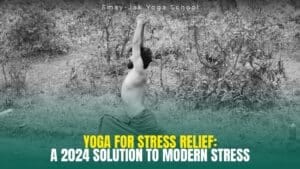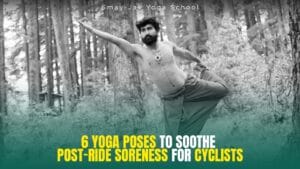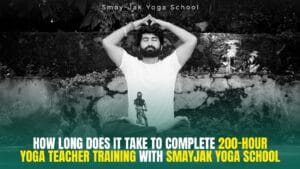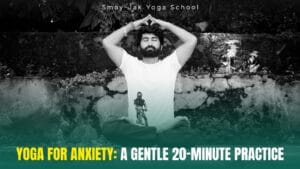Ashtanga Vinyasa Yoga
Ashtanga Vinyasa Yoga is a dynamic and meditative style of yoga renowned for its physically demanding sequences and flowing meditative practice. While its origins lie in ancient traditions, its contemporary form is largely attributed to the teachings of Sri T. Krishnamacharya and his disciple, K. Pattabhi Jois.
Sri T. Krishnamacharya: The Pioneer of Modern Yoga
Sri Tirumalai Krishnamacharya (1888-1989), often referred to as the “Father of Modern Yoga,” was born in a small village in Karnataka, India. A scholar of various disciplines, including yoga, Ayurveda, and philosophy, Krishnamacharya’s profound knowledge and innovative teaching methods left an indelible mark on the practice of yoga.
Krishnamacharya’s teaching philosophy was deeply rooted in traditional Indian practices, yet he was revolutionary in his approach. He believed in tailoring yoga to the individual, a concept that was quite novel at the time. This personalized approach made yoga accessible to people of all ages and physical conditions.
- Pattabhi Jois and the Global Spread of Ashtanga Vinyasa Yoga
One of Krishnamacharya’s most notable students was K. Pattabhi Jois (1915-2009). Jois began studying under Krishnamacharya in the 1930s and later founded the Ashtanga Yoga Research Institute in Mysore, India. It was here that Jois developed and propagated the structured Ashtanga Vinyasa Yoga system, which gained international acclaim for its meditative flow and rigorous style.
Pattabhi Jois’s Ashtanga Vinyasa Yoga is characterized by a series of progressive postures linked by breath and movement, known as vinyasa. This practice demands strength, flexibility, and endurance, offering a comprehensive workout for both body and mind.
The Structure of Ashtanga Practice
Ashtanga Vinyasa Yoga is organized into six series, each with a specific sequence of postures:
- Primary Series (Yoga Chikitsa): This foundational series is designed to detoxify and align the body, focusing on basic postures. Often referred to as “Yoga Therapy,” it is typically practiced during 200-hour yoga teacher training courses.
- Intermediate Series (Nadi Shodhana): Aimed at cleansing and strengthening the nervous system, this series introduces more challenging postures that require greater flexibility and concentration. It is commonly practiced during 300-hour training courses.
- Advanced Series (Sthira Bhaga): Divided into four sub-series (A, B, C, D), the Advanced Series requires a high level of strength, flexibility, and control and is usually reserved for seasoned practitioners.
Each series follows a set sequence of postures, beginning with Sun Salutations (Surya Namaskar) and progressing through standing, seated, and finishing postures. The consistent structure of these sequences allows practitioners to develop discipline and mastery over time.
Mantras in Ashtanga Vinyasa Yoga
Mantras are integral to Ashtanga Vinyasa Yoga, aiding in concentration and spiritual connection. The practice typically begins with the recitation of the opening mantra, honoring the lineage of teachers and saluting Maharshi Patanjali, and ends with the closing mantra, expressing gratitude and invoking peace.
Opening Mantras of Ashtanga Vinyasa Yoga
वन्दे गुरूणां चरणारविन्दे सन्दर्शितस्वात्मसुखावबोधे।
निःश्रेयसे जाङ्गलिकायमाणे संसारहालाहलमोहशान्त्यै॥
Vande gurūṇāṁ caraṇāravinde sandarśita-svātma-sukhāvabodhe।
niḥśreyase jāṅgalikāyamāne saṁsāra-hālāhala-moha-śāntyai॥
Meaning: I bow to the lotus feet of the gurus, The awakening happiness of one’s own Self revealed, Beyond better, acting like the jungle physician, Pacifying delusion, the poison of Samsara.
आबाहु पुरुषाकारं शङ्खचक्रासिधारिणम्।
सहस्रशिरसं श्वेतं प्रणमामि पतञ्जलिम्॥
ābāhu puruṣākāraṁ śaṅkha-cakrāsi-dhāriṇam।
sahasra-śirasaṁ śvetaṁ praṇamāmi patañjalim॥
Taking the form of a man to the shoulders, Holding a conch, a discus, and a sword, One thousand heads white, I bow to Patanjali.
Closing Mantra of Ashtanga Practice
स्वस्तिप्रजाभ्यः परिपालयन्तां न्यायेन मार्गेण महीं महीशाः।
गोब्राह्मणेभ्यः शुभमस्तु नित्यं लोकाः समस्ताः सुखिनोभवंतु॥
ॐ शान्तिः शान्तिः शान्तिः॥
Svasti-prajābhyaḥ pari-pālayantāṁ nyāyena mārgeṇa mahīṁ mahīśāḥ।
Go-brāhmaṇebhyaḥ śubham astu nityaṁ lokāḥ samastāḥ sukhino bhavantu॥
Om śāntiḥ śāntiḥ śāntiḥ॥
Meaning: May the rulers of the earth keep to the path of virtue for the sake of protecting the welfare of all beings. May the leaders of nations protect the earth in the right way, and may all beings be happy and prosperous. May the well-being of all people be secure with the blessing of cows and learned people. May all the worlds be happy. Om, peace, peace, peace.
Differences Between Ashtanga Vinyasa Yoga and Patanjali’s Ashtanga Yoga
Despite their similar names, Ashtanga Vinyasa Yoga and Patanjali’s Ashtanga Yoga represent different systems.
- Patanjali’s Ashtanga Yoga: Outlined in the Yoga Sutras of Patanjali, this system is known as the “Eight-Limbed Path,” encompassing Yama (ethical restraints), Niyama (self-discipline), Asana (postures), Pranayama (breath control), Pratyahara (withdrawal of the senses), Dharana (concentration), Dhyana (meditation), and Samadhi (union with the divine). It serves as a comprehensive framework for spiritual growth.
- Ashtanga Vinyasa Yoga: Revived by Sri T. Krishnamacharya and further developed by Pattabhi Jois, this system emphasizes the physical practice of asanas, linking breath with movement. While it incorporates elements of Patanjali’s Eight Limbs (especially asana, pranayama, and drishti or focused gaze), it is primarily a method of physical training aimed at purifying and strengthening the body and mind.
Summary
In summary, Ashtanga Vinyasa Yoga, with its rigorous sequences and emphasis on breath-movement synchronization, offers a dynamic approach to modern yoga practice. Rooted in the teachings of Sri T. Krishnamacharya and popularized by K. Pattabhi Jois, it continues to be a transformative practice for countless individuals worldwide. The integration of mantras and structured series sets it apart from other styles, while its connection to the broader philosophical context of Patanjali’s Ashtanga Yoga adds a deeper spiritual dimension.
